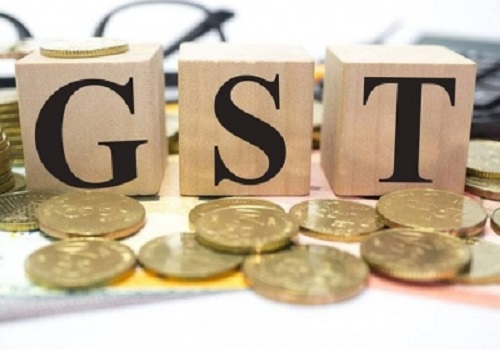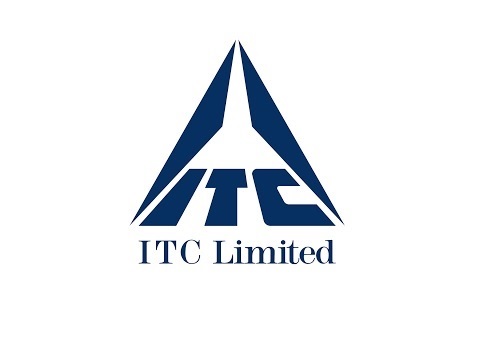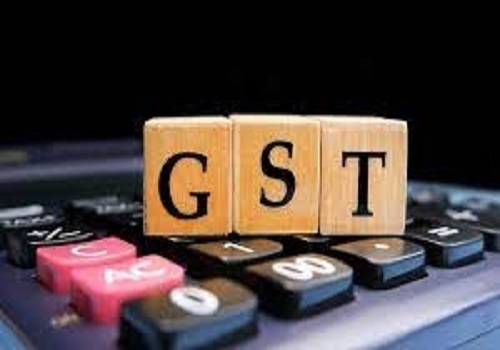GST 2.0 will further ease tax compliances and boost economic growth

Goods and Services Tax (GST) is one of the major economic reforms in the last decade in India which replaced the Value Added Tax (VAT) system.
It paved the way for economic growth, lower logistics costs, and ease of doing for business.
Now the Union government is focusing on GST 2.0 which further eases tax laws, enhance tax simplification and adoption of technology.
In Budget 2024, Finance Minister Nirmala Sitharaman emphasised further simplification of tax laws and the adoption of technology.
The Finance Minister proposed some measures in the Budget to signal that new GST 2.0 will unlock trade potential and further ease compliances in the tax laws that foster further economic growth.
According to tax experts, GST 2.0 will be a big change for the tax system in India. This will not only be an update of GST laws, but will also make the GST system more transparent, simple and business-friendly and boost the country's economic growth.
With GST 2.0, the long-standing demands of the industries like tax simplification can also be resolved.
The tax process will be easier with GST 2.0. This will support a high growth rate and increase India's competitiveness at the global level.
GST collections stood at Rs 1.75 lakh crore in August 2024, around 10 per cent rise from Rs 1.59 lakh crore in GST revenue in August last year.
For the first five months of the fiscal year, collections were up 10.1 per cent at Rs 9.14 lakh crore. Net GST revenue till August was Rs 8.07 lakh crore, 10.2 per cent higher than the previous year
The Gross GST collection in the FY 2023-24 was Rs 20.18 lakh crore. There was an increase of 11.7 per cent in comparison to the previous year.







.jpg)




















